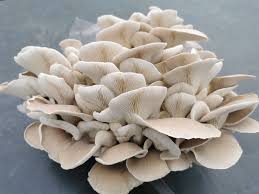
Pleurote Blanc, White Oyster Mushroom
The lung oyster mushroom (Pleurotus pulmonarius) is a semi-noble mushroom, similar to the oyster mushroom (Pl. ostreatus), pale in color, smaller caps and more of a stem as Pl. ostreatus.
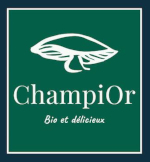
The Cooperative in Oujda bio producers of gastronomical mushrooms.
On this page we present a selection of our semi-noble mushrooms that we intend to produce and commercialise at our Oujda

The lung oyster mushroom (Pleurotus pulmonarius) is a semi-noble mushroom, similar to the oyster mushroom (Pl. ostreatus), pale in color, smaller caps and more of a stem as Pl. ostreatus.
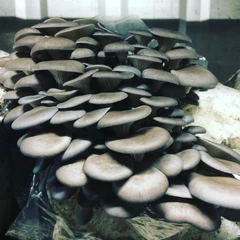
Oyster mushrooms (Pleurotus ostreatus) grow on old trunks or dead branches, mainly in the fall and at the end of winter. The color of oyster mushrooms varies between creamy white, gray-blue or dark brown.
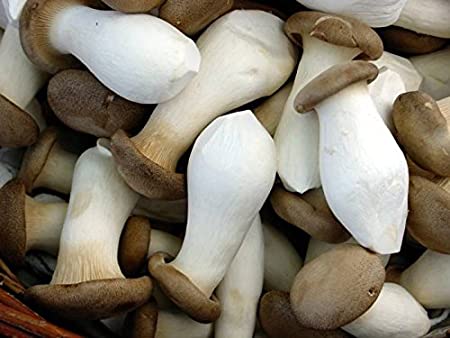
Panaut oyster mushroom (Pleurotus eryngii) or trumpet mushroom: grows in meadows, dunes, grows on the roots of the panicaut (thistle) buried in the soil.
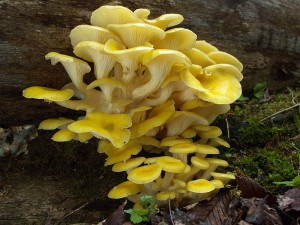
Yellow oyster mushroom (pleurotus citrinopileatus) or golden oyster mushroom (tamogitake in Japanese). Native to eastern Russia, northern China and Japan, it grows in Asian tropical forests, most often on oaks, elms, beeches, poplars
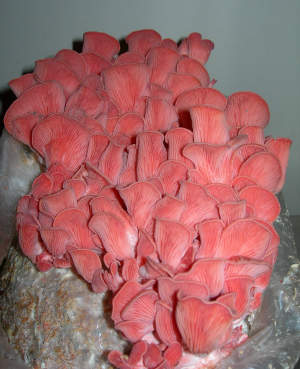
Pink oyster mushroom (pleurotus djamor) The pink oyster mushroom has a pink color, although there are also white forms. The flavor of pink oyster mushrooms has been described as meaty and fishmonger. Like most mushrooms, it is quite umami. Its texture is both meaty and soft. When fried until crisp, it resembles bacon or even ham. However, when raw, it has a sour taste.
quite similar to Pl. ostreatus, is cultivated and sold in the markets of Europe and China, but it is distinguished by its very decurrent gills, forming a network on the stem. named because it takes a shape similar to that of a drinking horn
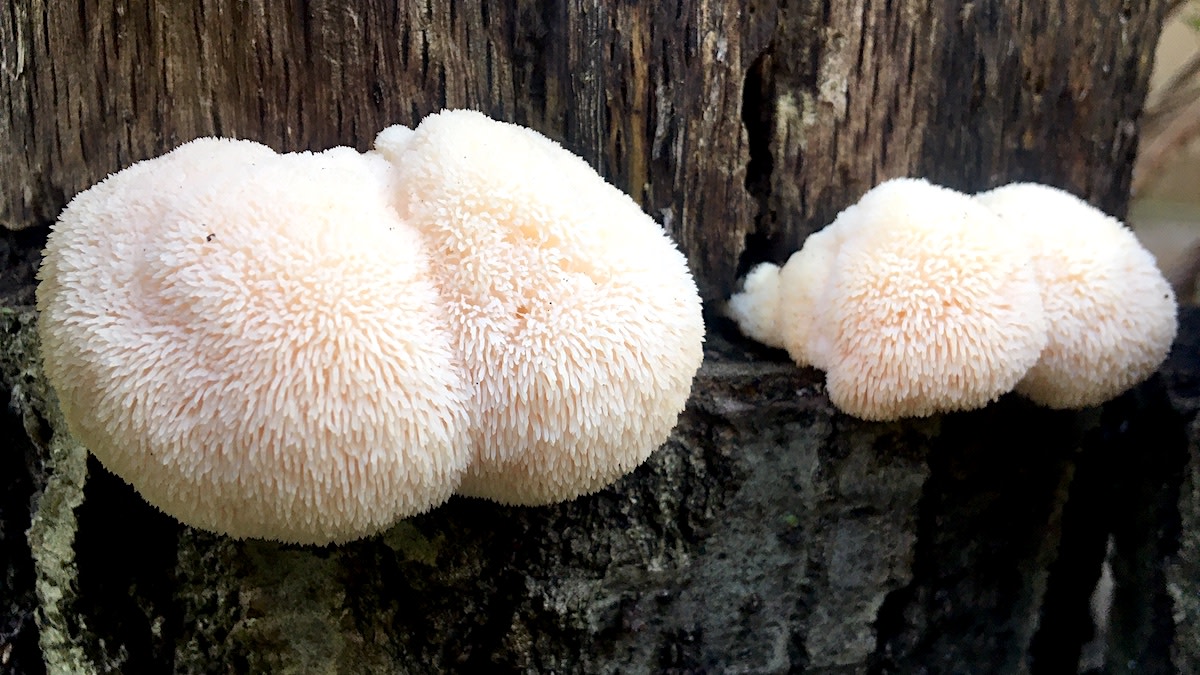
Hericium erinaceus, commonly known as Lion's Mane, (in Japanese yamabushitake mountain priest mushroom) is present on deciduous trees and tends to grow a single tuft of dangling thorns. Fruit bodies can be harvested for culinary use, and traditional medicine. H. erinaceus is common in gourmet cuisine, with young specimens considered the best.
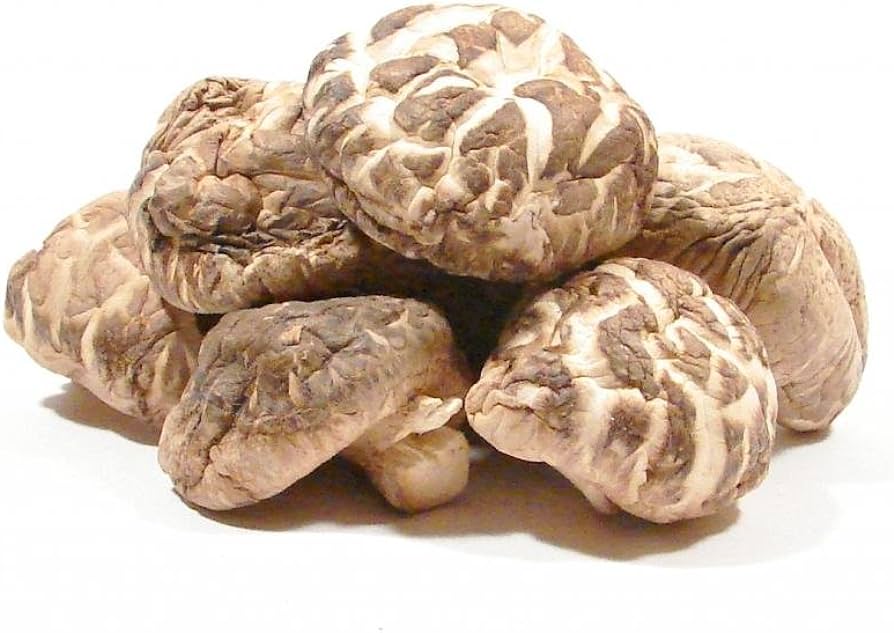
Lentinula edodes is an edible mushroom native to East Asia, grown and consumed around the world. It grows on the decaying wood of deciduous trees, especially chestnut, oak, maple, beech, sweetgum, poplar, hornbeam, ironwood and mulberry. Eating raw or lightly cooked shiitake mushrooms can cause an allergic reaction called "shiitake dermatitis", especially in people allergic to lupins (legumes). Careful cooking can eliminate allergenicity. It is considered a medicinal mushroom in some forms of traditional medicine.
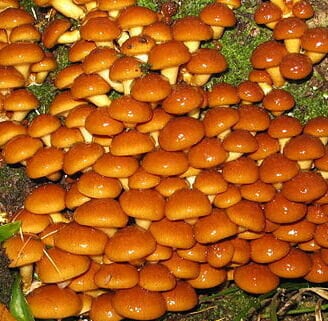
Pholiota microspora, commonly known as Nameko, is a small amber-brown mushroom with a slightly gelatinous coating. It is used as an ingredient in miso soup and nabemono. It is one of the most popular cultivated mushrooms in Japan, it has a slight nutty flavor and is often used stir-fried.
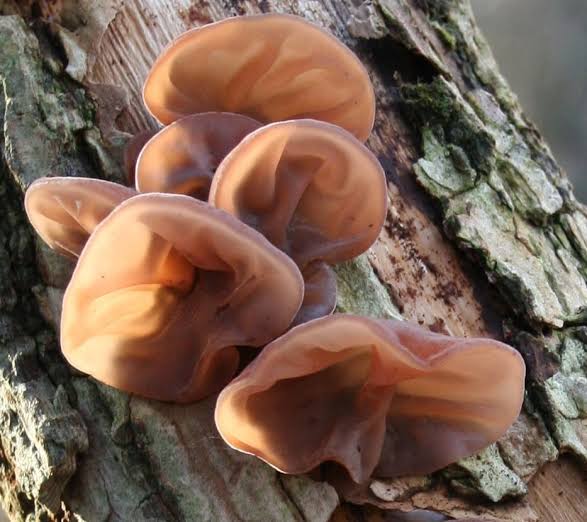
Auricularia auricula-judae, commonly known as wood ear, jelly ear, the fruiting bodies are brown, gelatinous and have a noticeably ear-like shape. They grow on wood, especially elderberry. The fungus can be found year-round in Europe, where it normally grows on the wood of broad-leaved trees and shrubs. The fruit bodies have a hard, gelatinous, elastic texture when fresh, but dry, hard, and brittle. The upper surface is reddish brown with a purplish tinge and finely hairy (covered with tiny, downy gray hairs). The species is not edible raw and must be cooked thoroughly
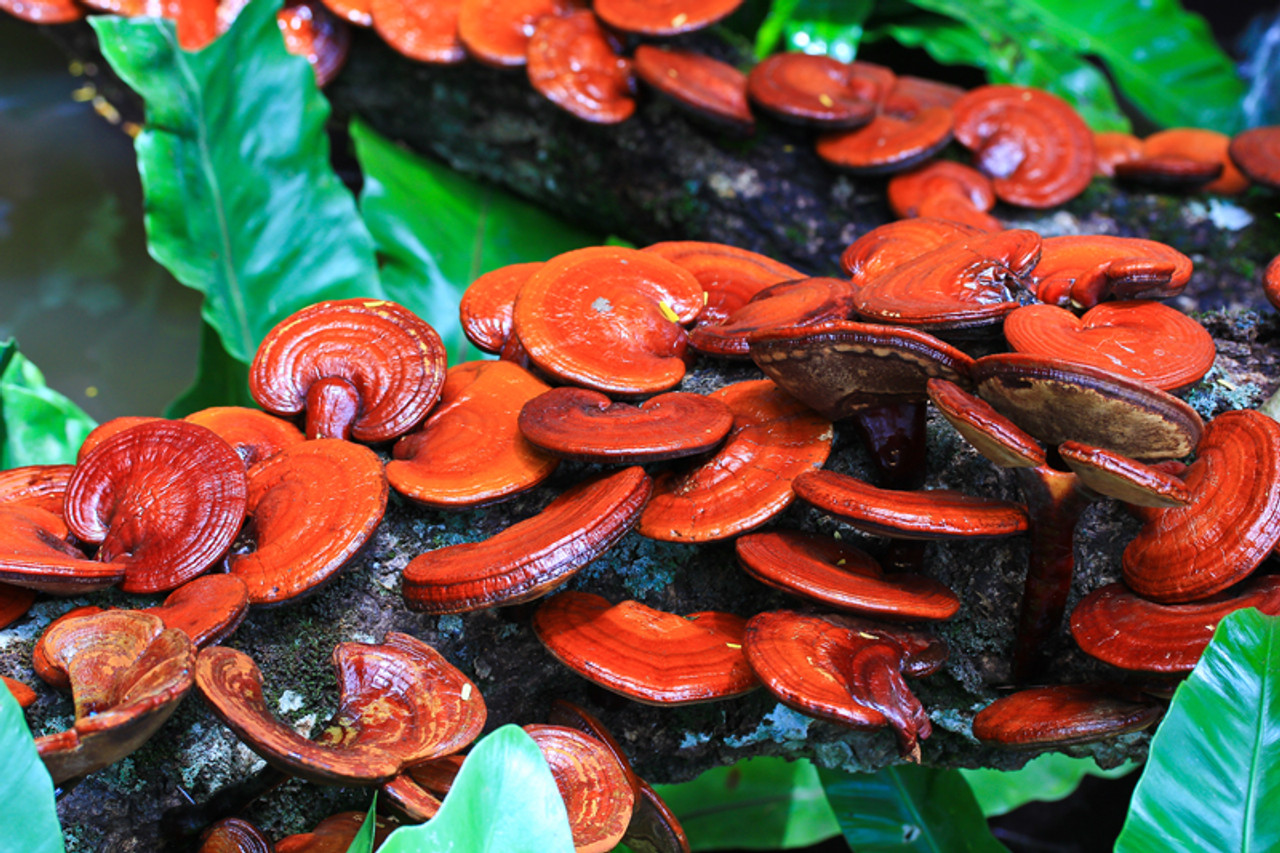
or Ganoderma lingzhi is a polypore fungus native to East Asia. Its reddish-brown, varnished, kidney-shaped cap with bands and peripherally inserted stem give it a distinct fan-shaped appearance. When fresh, lingzhi are soft, cork-like, and flat. They are quite dense and hard, making them difficult to eat. Their slightly bitter taste works great in drinks and desserts, while consuming reishi mushrooms in the form of tinctures and extracts. is quite easy.
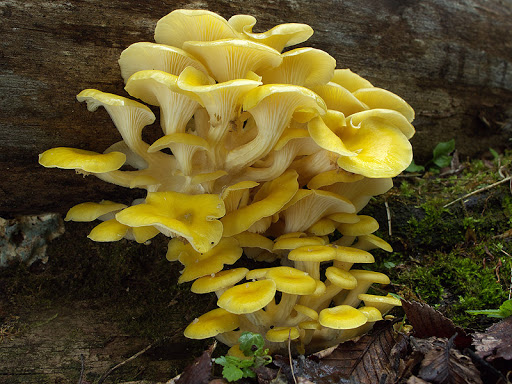
Welcome to our new webpage for ChampiOr, onfortunately this website is still under development
Our website will be dedicated to our cooperative mushroom growing farm, that produces bio gastronomical specialty mushrooms grown in a controlled hydroponic environment, located in Oujda, Morocco. Our gastronomical specialty mushrooms are produced to strict bio standards, veryt hygienically, in a very ecofriendly sustainable no-waste circular fashion.
You will not find any commercial information yet on our products, but we invite you to visit us quickly as pages will be added shortly.